Home>Interior Design>An Elegant Cape Dutch-style House In The Heart Of Hampshire
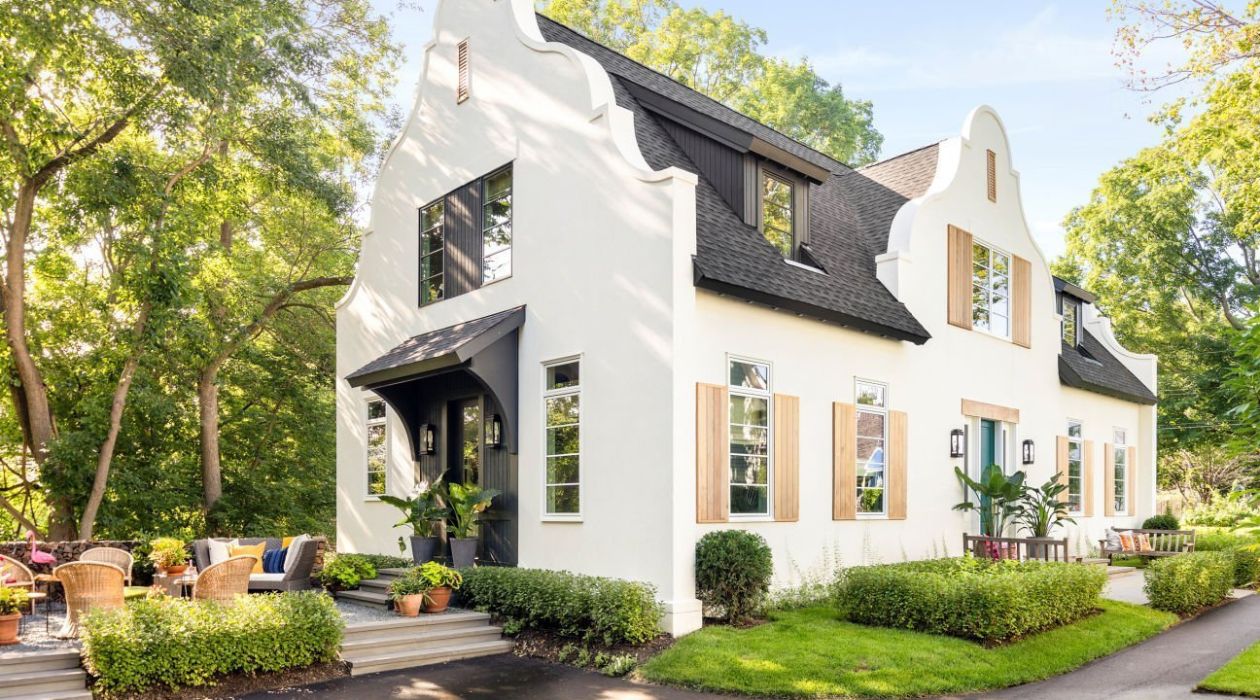

Interior Design
An Elegant Cape Dutch-style House In The Heart Of Hampshire
Modified: August 20, 2024
Discover the charm of an elegant Cape Dutch-style house in Hampshire, expertly curated with exquisite interior design. Experience the perfect blend of luxury and comfort in this picturesque retreat.
(Many of the links in this article redirect to a specific reviewed product. Your purchase of these products through affiliate links helps to generate commission for Storables.com, at no extra cost. Learn more)
Introduction
Welcome to a world of elegance and timeless beauty nestled in the heart of Hampshire. This article takes you on a journey through the enchanting Cape Dutch-style house, a true marvel of architectural craftsmanship. With its rich history, distinctive design, and breathtaking surroundings, this house stands as a testament to the beauty and charm of Cape Dutch architecture.
The Cape Dutch-style house traces its origins back to the 17th century when Dutch settlers arrived in the Cape of Good Hope, South Africa. The design of these houses showcases a unique blend of European and local influences, creating a truly captivating aesthetic.
Located in the picturesque countryside of Hampshire, this Cape Dutch-style house transports you to a different era. Its secluded location offers an idyllic retreat, surrounded by lush greenery and tranquility. As you walk through the gates, the stunning facade of the house reveals itself, immediately capturing your attention.
The exterior design of the house is a sight to behold. It features a symmetrical layout, with a central gable flanked by two smaller gables on either side. The whitewashed walls, adorned with ornate details and traditional thatched roof, exude a sense of timeless charm. A row of magnificent shuttered windows completes the aesthetic, allowing natural light to stream into the interior.
Step inside, and you are greeted with a seamless blend of traditional charm and modern elegance. The interior design of the Cape Dutch-style house reflects a meticulous attention to detail. The spacious layout, high ceilings, and warm color palette create an inviting atmosphere that instantly makes you feel at home.
The living spaces are thoughtfully designed, combining comfort and style. The living room boasts a grand fireplace, perfect for cozy evenings during the colder months. The dining area is a vision of sophistication, with an exquisite chandelier hanging above a beautifully crafted dining table.
Key Takeaways:
- Step into a world of timeless elegance and modern luxury with the Cape Dutch-style house in Hampshire, a true testament to the enduring beauty of architectural craftsmanship.
- Embrace the harmonious blend of old-world charm and modern comfort as the Cape Dutch-style house seamlessly integrates traditional design with contemporary amenities, offering an exceptional living experience in the heart of Hampshire.
Read more: An Elegant Hampshire New-build
History of Cape Dutch-style architecture
The roots of Cape Dutch-style architecture can be traced back to the 17th century when Dutch settlers arrived in the Cape of Good Hope, South Africa. These settlers brought with them a blend of European architectural styles, particularly the Dutch Renaissance and Baroque styles, and adapted them to suit the local climate and conditions.
The Cape Dutch-style architecture emerged as a unique response to the harsh climate of the Cape region, characterized by hot summers and gusty winds. The design principles of Cape Dutch-style architecture focused on practicality, durability, and adapting to the local environment.
One of the defining features of Cape Dutch-style architecture is the use of local materials. The houses were typically constructed using a mixture of natural stone, clay, and timber, providing insulation and protection against the elements. The walls were thick and sturdy, able to withstand strong winds and offer insulation against extreme temperatures.
The most recognizable feature of Cape Dutch-style architecture is the distinctive gabled roof. The roofs were typically thatched or covered with clay tiles, sloping steeply downwards to provide effective drainage during heavy rains. The gables themselves were elaborately decorated with intricate detailing and ornate finials, showcasing the craftsmanship of the builders.
Another notable aspect of Cape Dutch-style architecture is the emphasis on symmetry and proportion. The houses were often built in a rectangular or square shape, with symmetrical layouts and evenly spaced windows and doors. This created a sense of harmony and balance, both visually and architecturally.
Cape Dutch-style houses were designed with functionality in mind. The layout of the rooms was carefully planned to create a comfortable living environment. For instance, rooms were positioned to take advantage of natural light and ventilation, promoting airflow and reducing the need for artificial cooling.
Over time, Cape Dutch-style architecture began to evolve and incorporate elements from other architectural styles. Victorian and Georgian influences started to make their way into the design, resulting in a unique fusion of styles known as Cape Revival or Cape Dutch Revival architecture.
Today, Cape Dutch-style architecture continues to captivate and inspire. Its timeless elegance, seamless integration with the surrounding landscape, and blend of European and local influences make it a truly remarkable architectural style that stands the test of time.
Location of the House in Hampshire
The Cape Dutch-style house is nestled in the enchanting countryside of Hampshire, a county known for its picturesque landscapes and rich cultural heritage. Hampshire is located in the southern part of England, bordered by the English Channel to the south and several other counties, including Berkshire, Surrey, and Sussex.
Specifically, this Cape Dutch-style house is situated in a secluded spot, providing a haven of tranquility and privacy. Surrounded by rolling hills, lush meadows, and ancient woodlands, the location offers breathtaking views and a sense of serenity.
Hampshire is renowned for its diverse and vibrant natural beauty. From the striking coastlines and sandy beaches along the Solent and English Channel to the stunning national parks and nature reserves, the county offers an abundance of outdoor activities and opportunities for exploration.
In addition to its natural beauty, Hampshire is home to a rich history and cultural heritage. The county boasts a number of historical landmarks, including grand castles, stately homes, and charming market towns. Visitors can immerse themselves in the history and heritage of the region by exploring attractions such as Winchester Cathedral, Portsmouth Historic Dockyard, and the Jane Austen House Museum.
For those seeking a taste of city life, Hampshire is conveniently located close to bustling cities such as Southampton, Portsmouth, and Winchester. These cities offer a vibrant atmosphere, a range of amenities including shopping centers, theaters, and restaurants, and easy access to transportation hubs.
Whether one wishes to relax and unwind in the tranquility of the countryside or explore the cultural and historical attractions of Hampshire, the location of this Cape Dutch-style house offers the best of both worlds. It allows residents and visitors to immerse themselves in the beauty of nature while still being within reach of the conveniences of urban life.
No matter the season, Hampshire offers a wealth of possibilities for leisure, recreation, and relaxation. From long walks through the countryside and picnics in blooming gardens to exploring historic sites and enjoying a range of cultural events, the county provides a rich and diverse experience for all who visit.
Overall, the location of the Cape Dutch-style house in Hampshire offers a truly enchanting setting that embraces the beauty of both nature and heritage, providing a wonderful backdrop for a life of elegance and tranquility.
Exterior Design of the Cape Dutch-style House
The Cape Dutch-style house is a true architectural masterpiece that showcases a distinctive and captivating exterior design. Its unique blend of European and local influences, coupled with careful attention to detail, makes it a sight to behold.
The facade of the house is an immediate eye-catcher. The whitewashed walls, which are a hallmark of Cape Dutch-style architecture, give the house its striking appearance. The white hue not only adds a touch of elegance but also helps to reflect the sun’s rays, keeping the interior cool during hot summers.
The gabled roof is one of the most prominent features of the Cape Dutch-style house. The steeply sloping roof, covered either in thatch or clay tiles, not only adds visual interest but also serves a functional purpose. It effectively sheds water during heavy rains, preventing leaks and ensuring the longevity of the structure.
The gables themselves are intricately designed, featuring ornate detailing and decorative finials. The craftsmanship and attention to detail exhibited in these embellishments are a true testament to the artistry of the builders. Each element is carefully designed and placed to create a sense of balance and symmetry.
Another striking feature of the exterior design is the row of shuttered windows. These windows are not only aesthetically pleasing but also serve a practical purpose. They allow for airflow and ventilation, enabling natural ventilation to cool the interior during warmer months.
The entrance of the Cape Dutch-style house is equally stunning. An inviting double door, usually made from solid wood, welcomes guests into the elegant abode. Elaborate door frames and beautifully crafted ironwork add a touch of sophistication, making a lasting impression from the moment one steps inside.
Surrounding the house, the meticulously landscaped gardens enhance the overall charm and beauty. From meticulously manicured lawns to vibrant flower beds and flourishing shrubs, the gardens provide a picturesque backdrop for the Cape Dutch-style house.
To further enhance the exterior appeal, the house often features a veranda or stoep. This covered outdoor space provides a shaded retreat where residents and guests can relax and enjoy the natural surroundings. The veranda usually extends along the length of the house, offering ample space for outdoor seating and entertainment.
The exterior design of the Cape Dutch-style house seamlessly combines functionality, aesthetics, and cultural heritage. It stands as a testament to the rich architectural heritage of South Africa while also embracing the natural beauty of its surroundings. With its timeless elegance and meticulous attention to detail, the exterior design of the Cape Dutch-style house is truly a sight to behold.
When looking for an elegant Cape Dutch-style house in Hampshire, consider the architectural features such as whitewashed walls, thatched roofs, and distinctive gables. These houses often have symmetrical facades and are known for their timeless charm.
Interior Design and Layout of the House
The interior design of the Cape Dutch-style house is nothing short of exquisite, combining traditional charm with modern elegance. Every element within the house showcases meticulous attention to detail, creating a harmonious and inviting living space.
Upon entering, one is immediately greeted by a sense of spaciousness. High ceilings, often adorned with decorative beams, create an airy and open atmosphere. This architectural feature not only enhances the aesthetic appeal but also gives a feeling of grandeur.
The layout of the house is carefully designed to optimize functionality and flow. The rooms are strategically positioned to take advantage of natural light and ventilation, creating a bright and comfortable living environment that seamlessly merges indoor and outdoor living spaces.
The living room, the heart of the house, exudes warmth and sophistication. A grand fireplace, often made from natural stone or adorned with intricate woodwork, becomes the focal point of the room. Plush sofas and armchairs are tastefully arranged around the fireplace, creating a cozy and inviting atmosphere.
The dining area is a vision of elegance. A beautifully crafted dining table, often made from rich wood or adorned with ornate detailing, takes center stage. Surrounding it are carefully chosen chairs that blend comfort and style. The dining area is often illuminated by a stunning chandelier, adding a touch of glamour to the space.
The bedrooms in the Cape Dutch-style house are designed to be tranquil sanctuaries. Soft colors and luxurious fabrics create a sense of serenity, while carefully placed windows offer scenic views of the surrounding countryside. Each bedroom is thoughtfully furnished to provide comfort and relaxation, ensuring a peaceful retreat.
The kitchen, the heart of the home, seamlessly combines functionality and aesthetics. It features modern appliances and ample workspace, all cleverly integrated into the traditional design. The use of natural materials, such as wood and stone, enhances the rustic charm while providing a practical and efficient cooking environment.
The bathrooms in the Cape Dutch-style house are elegant and luxurious. Carefully selected fixtures and fittings, such as freestanding bathtubs and marble countertops, create a spa-like atmosphere. Every detail, from the tile patterns to the lighting fixtures, is meticulously chosen to enhance the overall aesthetic and ensure a relaxing and indulgent bathing experience.
To add to the comfort and convenience of modern living, the Cape Dutch-style house seamlessly integrates modern amenities. From underfloor heating and air conditioning to state-of-the-art sound systems and smart home technology, the house offers a harmonious blend of traditional charm and modern functionality.
Overall, the interior design and layout of the Cape Dutch-style house are a testament to the seamless integration of heritage and modern living. It ensures a comfortable and stylish living experience while preserving the elegance and timeless appeal that is synonymous with Cape Dutch architecture.
Landscaping and Gardens Surrounding the House
The Cape Dutch-style house is not only a masterpiece in architecture but is also beautifully complemented by the meticulously landscaped gardens that surround it. The gardens create a harmonious and tranquil setting, enhancing the overall charm and appeal of the property.
The landscape design pays homage to the natural beauty of the Hampshire countryside while incorporating elements that reflect the Cape Dutch style. The gardens are carefully planned to create a balance between lush greenery, vibrant blooms, and inviting outdoor spaces.
As you explore the gardens, you’ll be greeted by manicured lawns that provide a soft and inviting carpet for leisurely strolls or picnics. The lawns are bordered by well-tended flower beds bursting with a riot of colors. Blossoming flowers, such as roses, dahlias, and hydrangeas, add a touch of elegance and fragrance to the surroundings, creating a feast for the senses.
A variety of trees are strategically planted throughout the gardens, providing shade and enhancing the natural beauty of the landscape. These trees, including majestic oaks, vibrant maples, and graceful willows, create a sense of tranquility and offer a haven for local birdlife.
The gardens also feature quaint pathways that wind their way through the landscape, beckoning you to explore further. Rustic stone or gravel paths add an old-world charm and create a sense of intrigue as they lead you to hidden corners and secret retreats within the gardens.
Secluded seating areas are carefully placed throughout the gardens, offering tranquil spots to relax and unwind. Comfortable benches or charming wrought-iron chairs nestled under the shade of a tree or near a blooming flowerbed provide the perfect setting to immerse oneself in the beauty of nature.
Water features add a soothing and serene touch to the landscape. The gentle trickle of a fountain or the tranquil movement of a small pond creates a sense of calm and serenity, inviting you to linger and soak in the peaceful ambiance.
Sustainability and eco-friendliness are also central to the garden design. Rainwater harvesting systems, native plantings, and organic gardening practices are often employed to minimize environmental impact and maintain the health and vitality of the landscape.
Overall, the landscaping and gardens surrounding the Cape Dutch-style house are carefully crafted to provide a serene and enchanting environment. Each element, from the vibrant blooms to the winding pathways and captivating water features, contributes to a sense of harmony and beauty, creating an outdoor paradise that seamlessly complements the elegance of the house itself.
Integration of Modern Amenities in a Traditional Style
While the Cape Dutch-style house embraces the charm and elegance of a bygone era, it also seamlessly integrates modern amenities to ensure a comfortable and luxurious living experience. The careful blend of tradition and innovation allows residents to enjoy the best of both worlds.
One of the key areas where modern amenities are incorporated is in the kitchen. The Cape Dutch-style house combines the rustic charm of traditional design with state-of-the-art appliances and conveniences. Modern stovetops, ovens, and refrigerators seamlessly blend into the custom-designed cabinetry, harmonizing functionality and aesthetics. The integration of modern kitchen technology allows for efficient meal preparation while preserving the timeless appeal of the space.
In terms of entertainment, the Cape Dutch-style house accommodates modern needs without compromising its traditional style. High-quality audio and visual systems are carefully integrated into the living areas, providing an immersive entertainment experience. However, the design and placement of these devices are discreet, preserving the classic elegance of the interior.
Heating and cooling systems are also seamlessly integrated into the Cape Dutch-style house. Underfloor heating and air conditioning ensure a comfortable environment throughout the year, regardless of the weather outside. These modern amenities are carefully concealed to maintain the authenticity and visual appeal of the interior spaces.
Lighting plays a crucial role in enhancing the ambiance of the Cape Dutch-style house. Traditional fixtures, such as exquisite chandeliers and wall sconces, are complemented by modern lighting solutions. Dimmable LED lights, smart lighting controls, and energy-efficient bulbs not only provide flexibility and convenience but also reduce energy consumption.
In the bathroom, contemporary fixtures and fittings are seamlessly incorporated while preserving the timeless elegance of the space. Luxurious rainforest showers, sleek and efficient faucets, and innovative bathroom technology blend seamlessly with traditional design elements, creating a harmonious balance between modern comfort and classic style.
The integration of modern amenities extends beyond the interior of the house. The Cape Dutch-style house embraces sustainable practices to minimize its environmental impact. Energy-efficient windows, solar panels, and smart home technology for efficient energy management are discreetly incorporated into the design, ensuring a comfortable and eco-friendly living environment.
Home automation systems are also integrated into the Cape Dutch-style house, allowing residents to control various aspects of the home with ease. Whether it’s adjusting the temperature, lighting, or security systems, modern technology ensures convenience and peace of mind while preserving the timeless allure of the house.
Overall, the Cape Dutch-style house expertly integrates modern amenities into its traditional design. The careful balance between tradition and innovation allows residents to enjoy the comforts of modern living while basking in the charm and elegance of a bygone era. It’s a true testament to the seamless integration of past and present, enhancing the overall living experience within the Cape Dutch-style house.
Conclusion
The Cape Dutch-style house nestled in the heart of Hampshire is a testament to the enduring beauty and timeless appeal of Cape Dutch architecture. From its historical origins to its exquisite design and seamless integration of modern amenities, every aspect of the house reflects a meticulous attention to detail and a deep appreciation for the blending of past and present.
The history of Cape Dutch-style architecture dates back to the 17th century when Dutch settlers arrived in South Africa. This unique architectural style combines European influences with local adaptations, resulting in a design that is both functional and aesthetically captivating.
Located in the picturesque countryside of Hampshire, the Cape Dutch-style house offers a serene retreat. Surrounded by lush greenery and breathtaking landscapes, the location provides a haven of tranquility while still being close to urban conveniences.
The exterior design of the house is a sight to behold, characterized by whitewashed walls, ornate gables, and shuttered windows. The meticulous attention to detail in every aspect of the design showcases the craftsmanship and artistry of the builders.
Step inside, and you’ll be transported to a world of elegance and comfort. The interior design of the Cape Dutch-style house blends traditional charm with modern luxury. From the grand living spaces to the inviting bedrooms, every room is thoughtfully designed to create an atmosphere of sophistication and warmth.
The landscaping and gardens surrounding the house add a touch of natural beauty and serenity. Carefully manicured lawns, vibrant flower beds, and secluded seating areas invite residents and guests to immerse themselves in the enchanting surroundings.
While embracing tradition, the Cape Dutch-style house seamlessly integrates modern amenities. The kitchen, bathrooms, and entertainment systems are designed to meet contemporary needs without sacrificing the architectural integrity and timeless elegance of the space.
In conclusion, the Cape Dutch-style house in Hampshire is a true gem that showcases the harmonious blend of old-world charm and modern comfort. Its rich history, captivating exterior and interior design, stunning gardens, and thoughtful integration of modern amenities create an exceptional living experience that embodies the best of both tradition and innovation. It stands as a testament to the enduring beauty and versatility of Cape Dutch architecture, offering a refuge of elegance and tranquility in the heart of Hampshire.
Frequently Asked Questions about An Elegant Cape Dutch-style House In The Heart Of Hampshire
Was this page helpful?
At Storables.com, we guarantee accurate and reliable information. Our content, validated by Expert Board Contributors, is crafted following stringent Editorial Policies. We're committed to providing you with well-researched, expert-backed insights for all your informational needs.
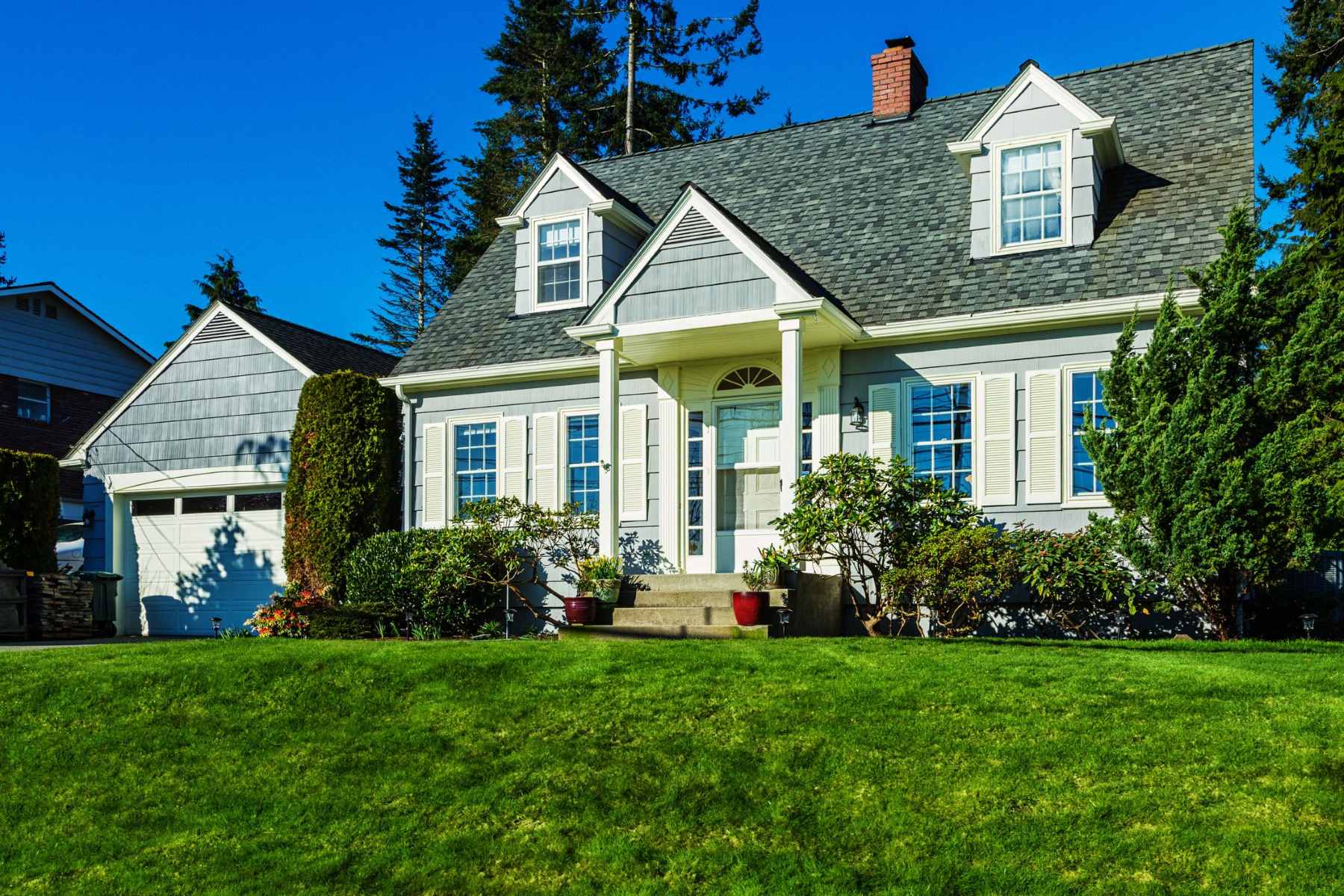
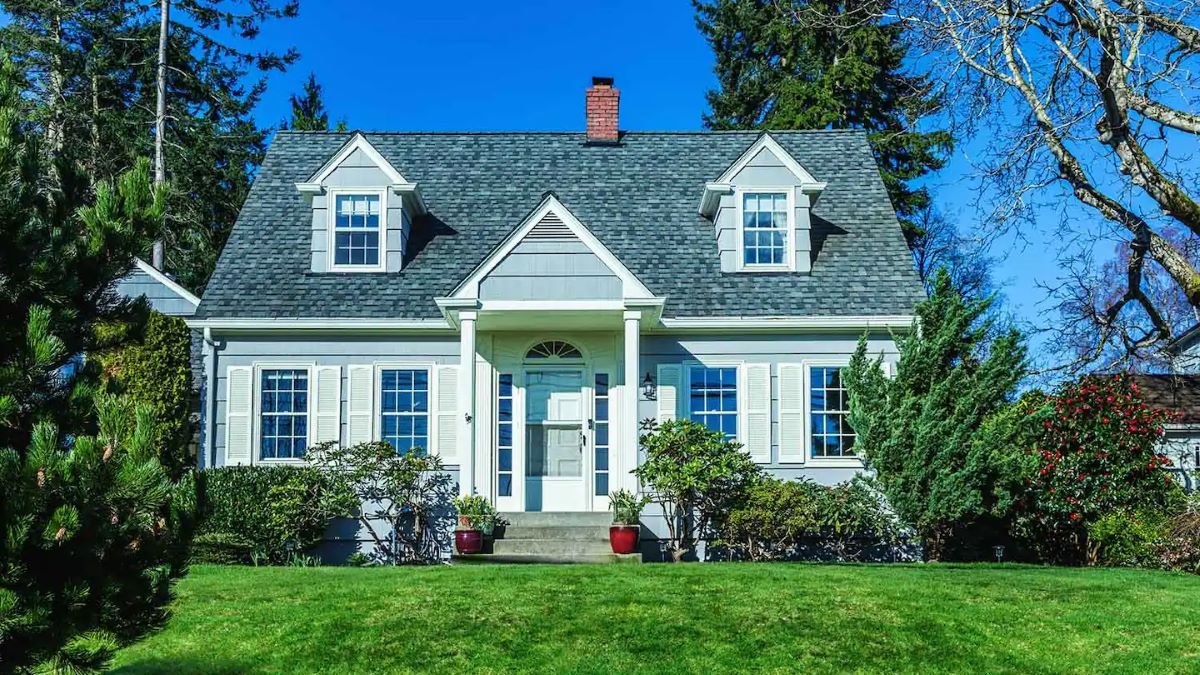
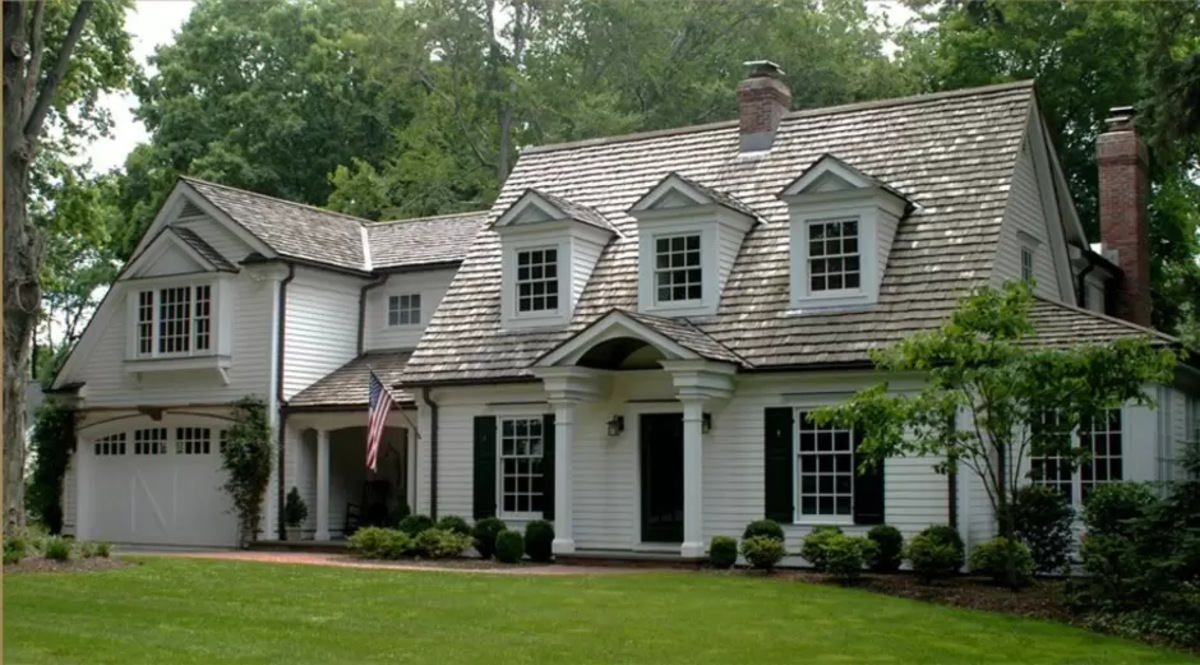
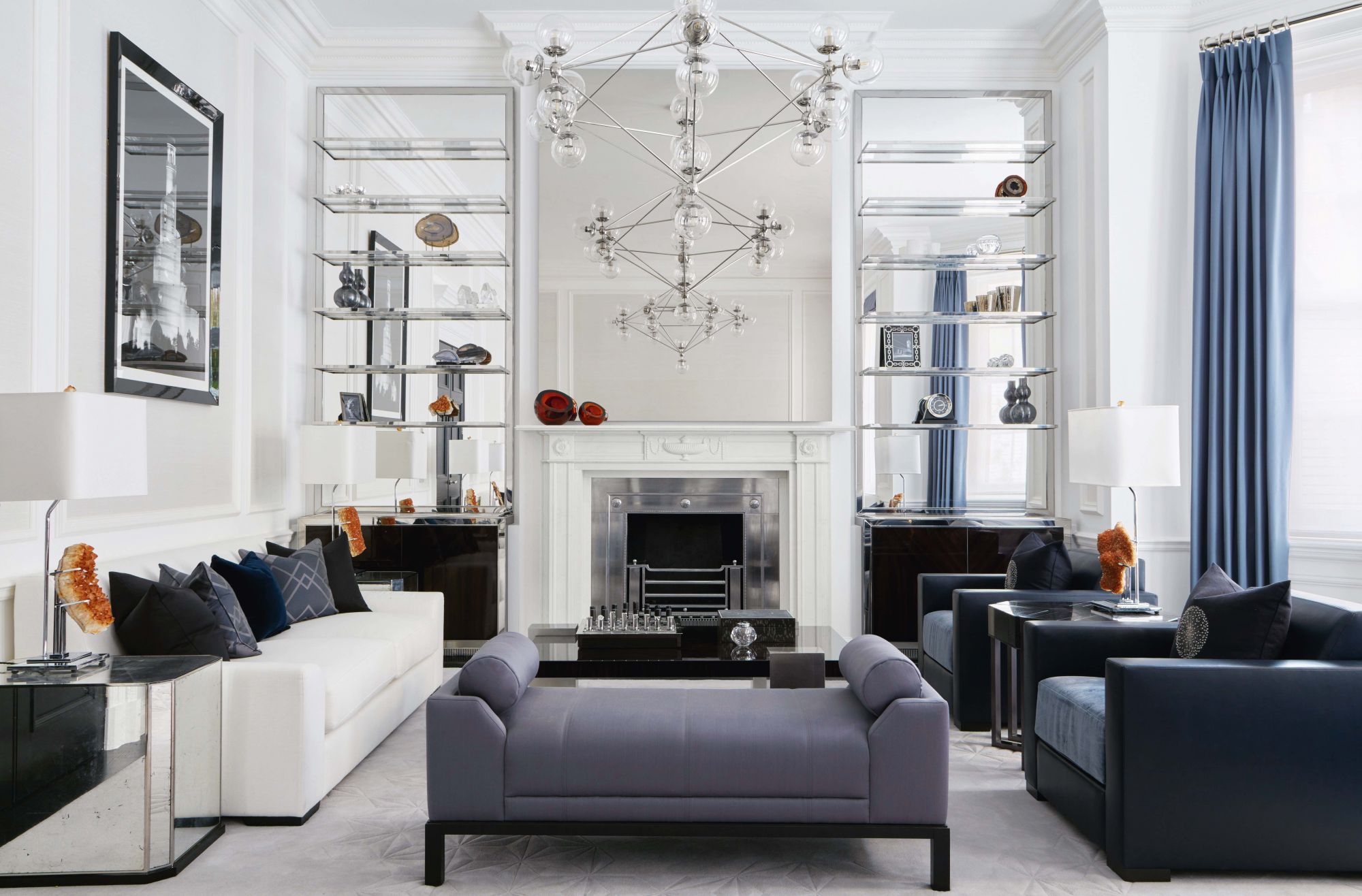
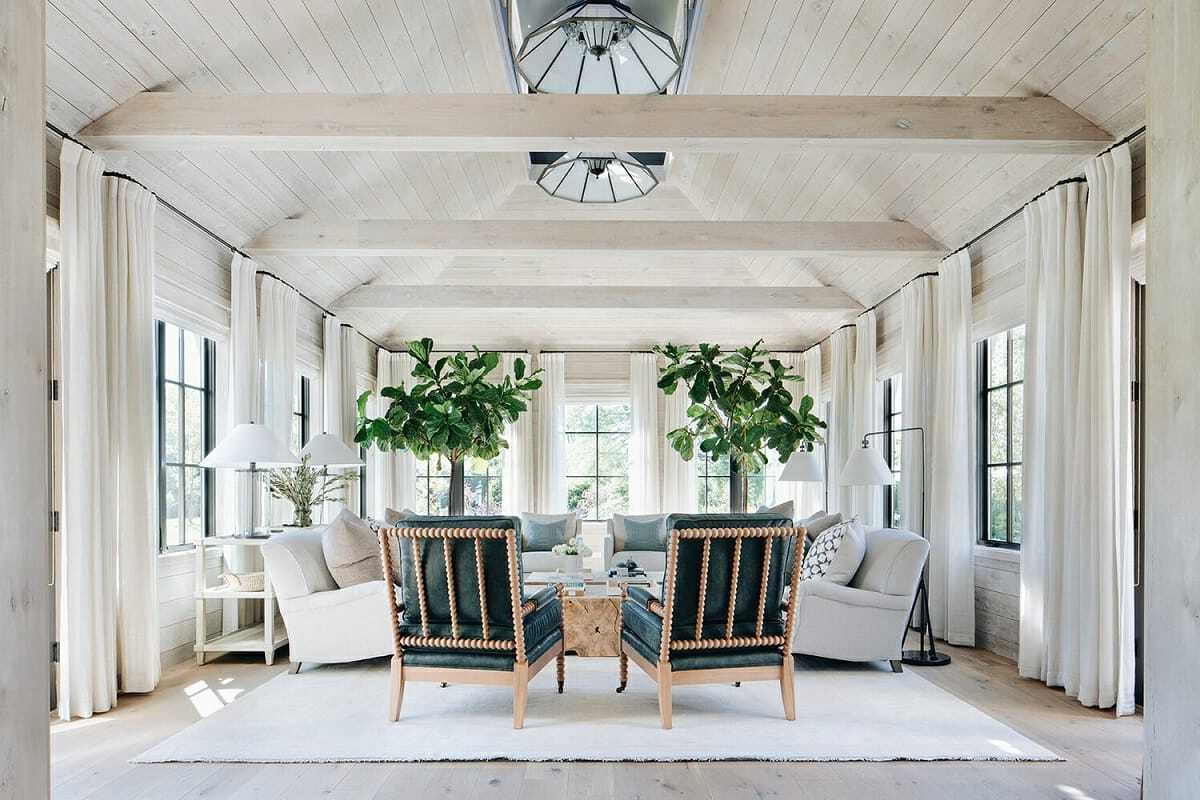
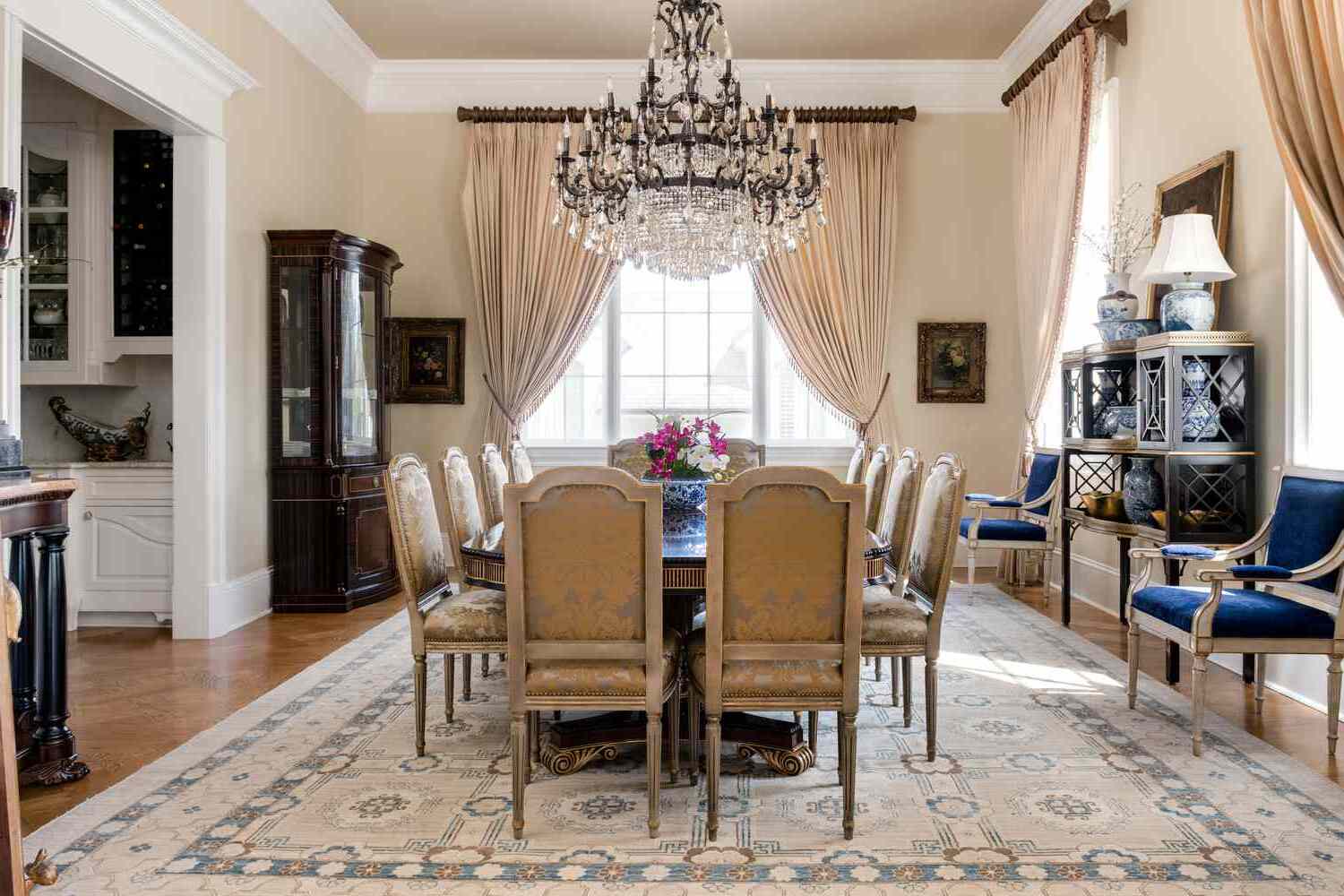
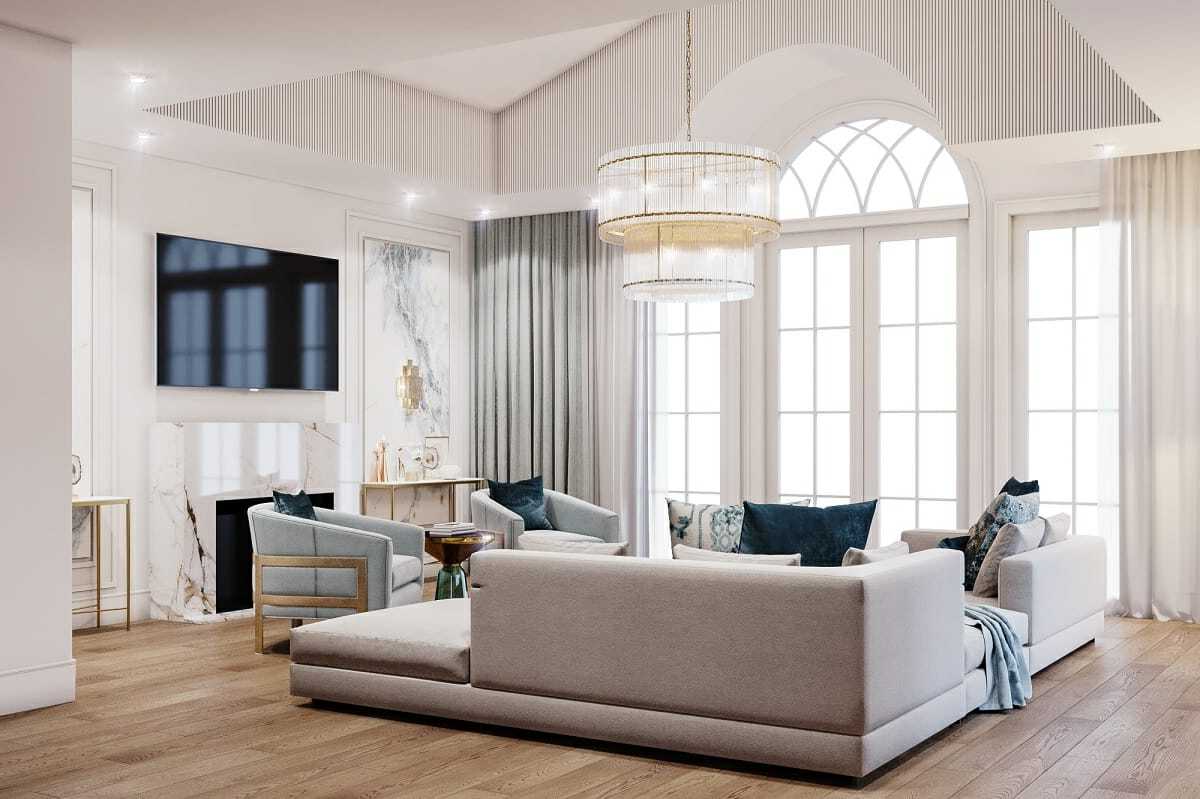
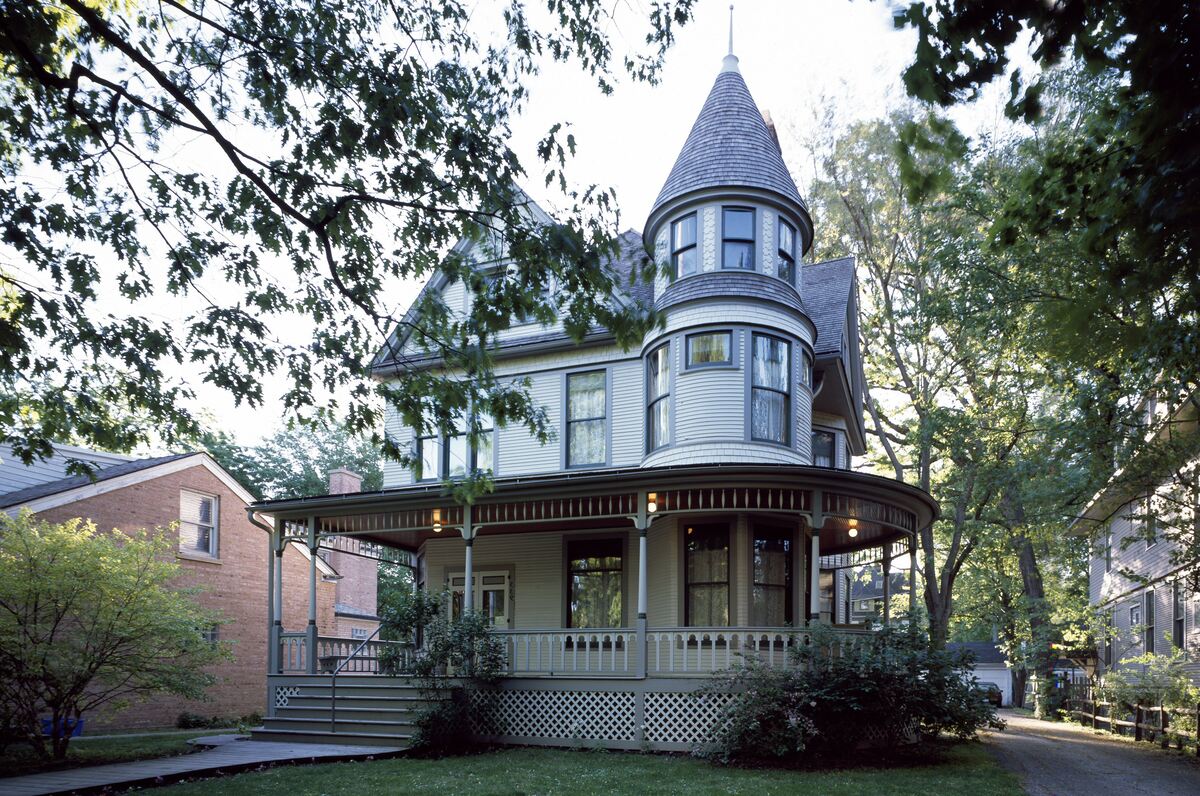
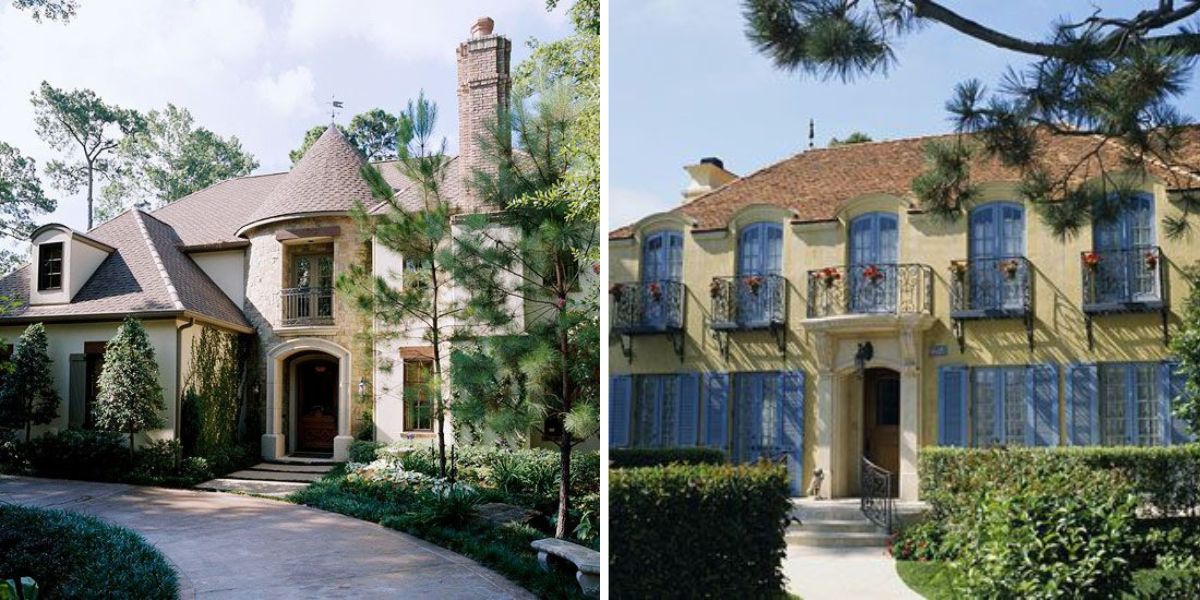
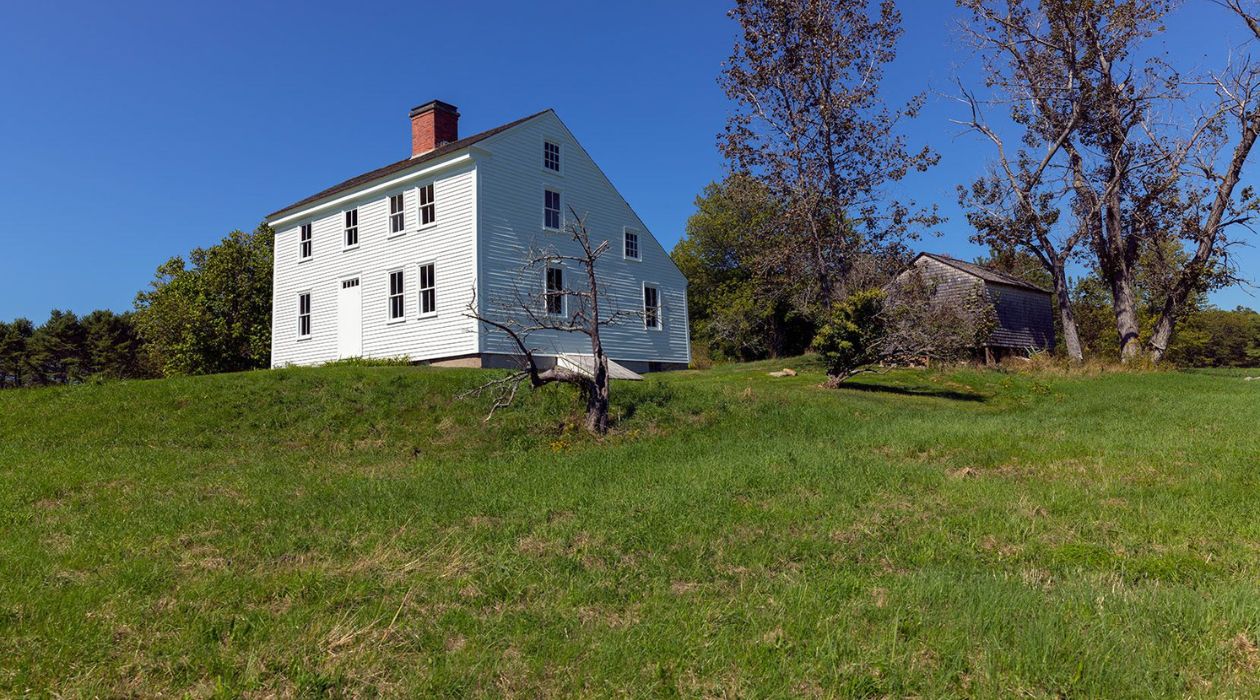
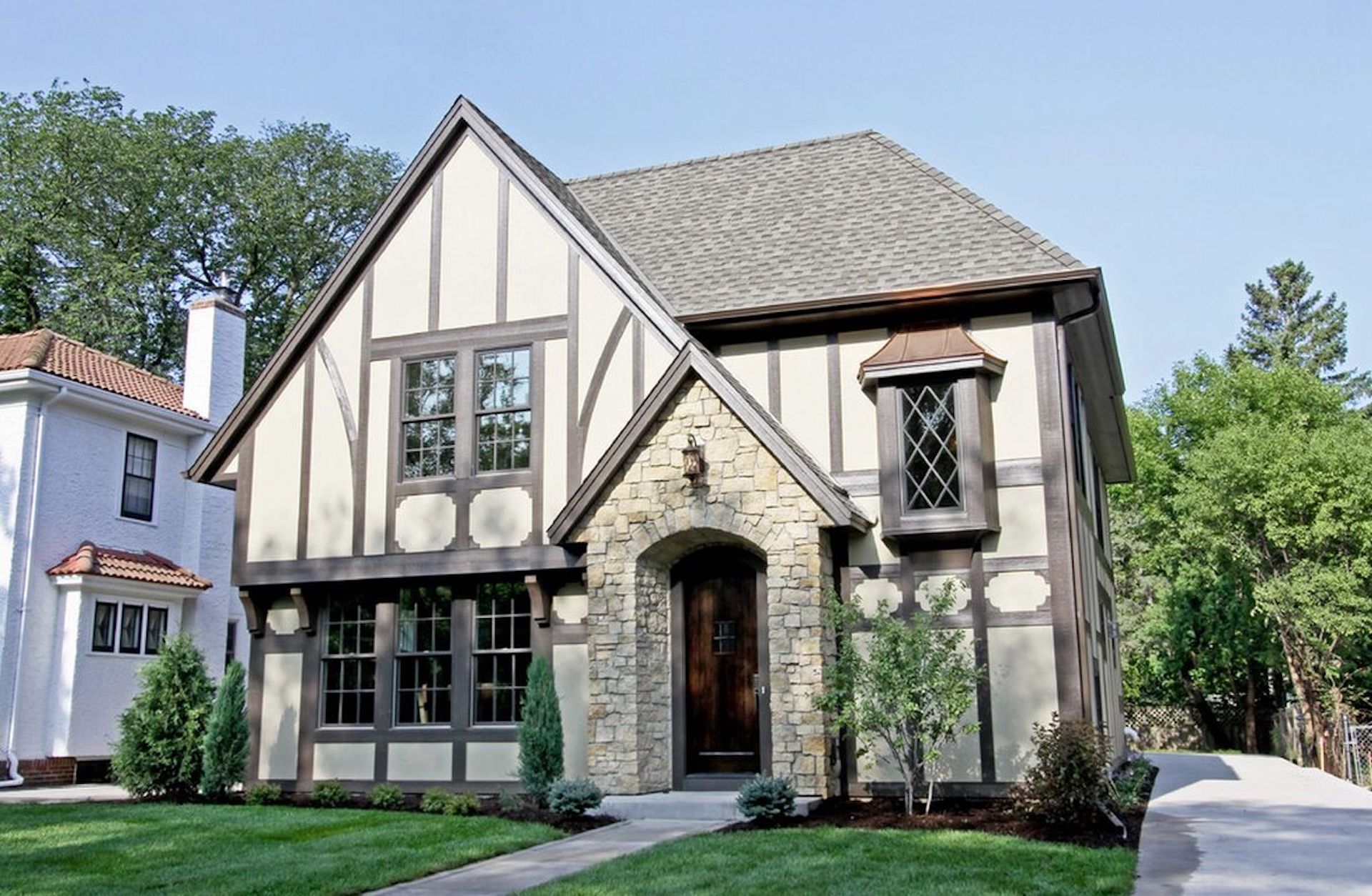
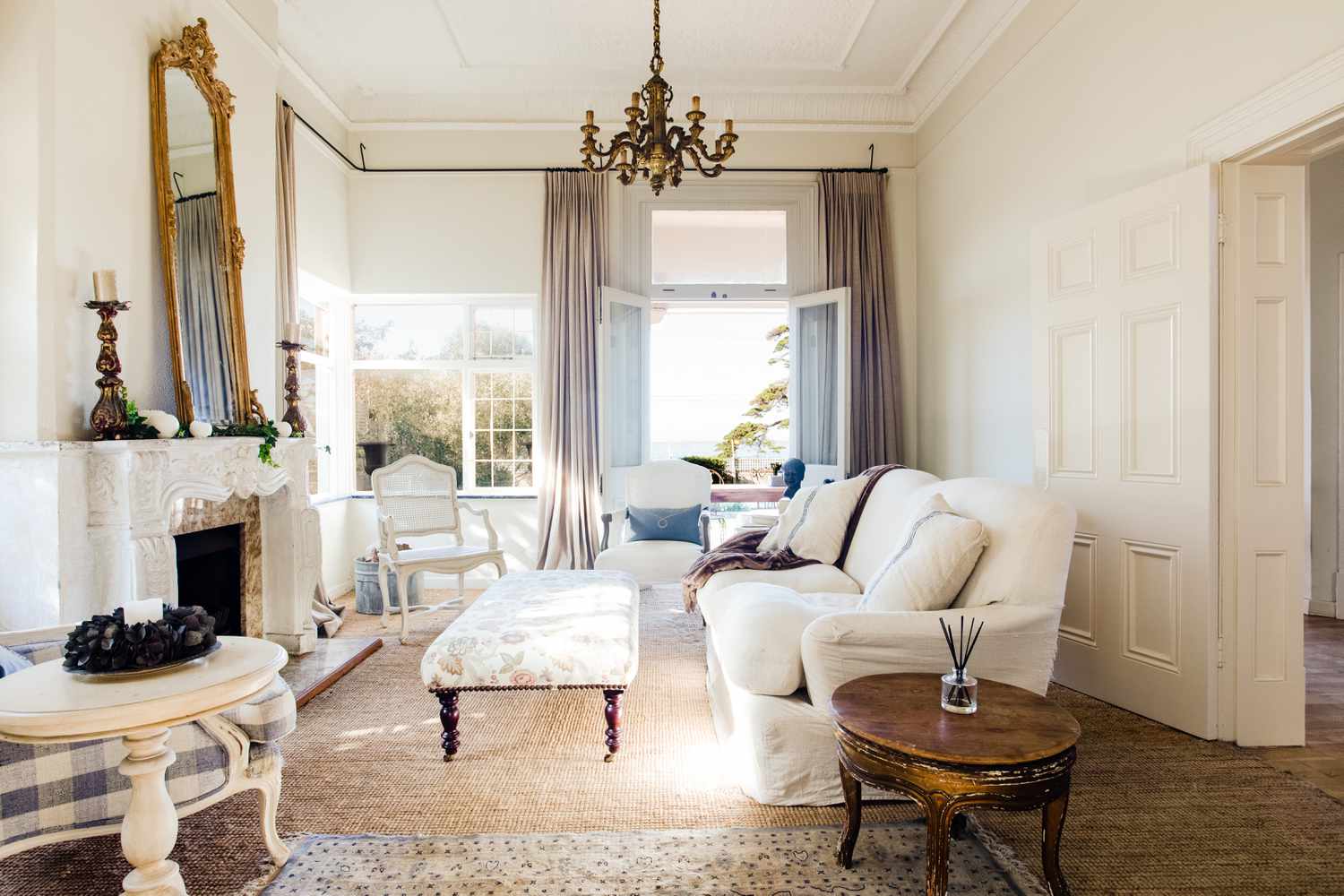
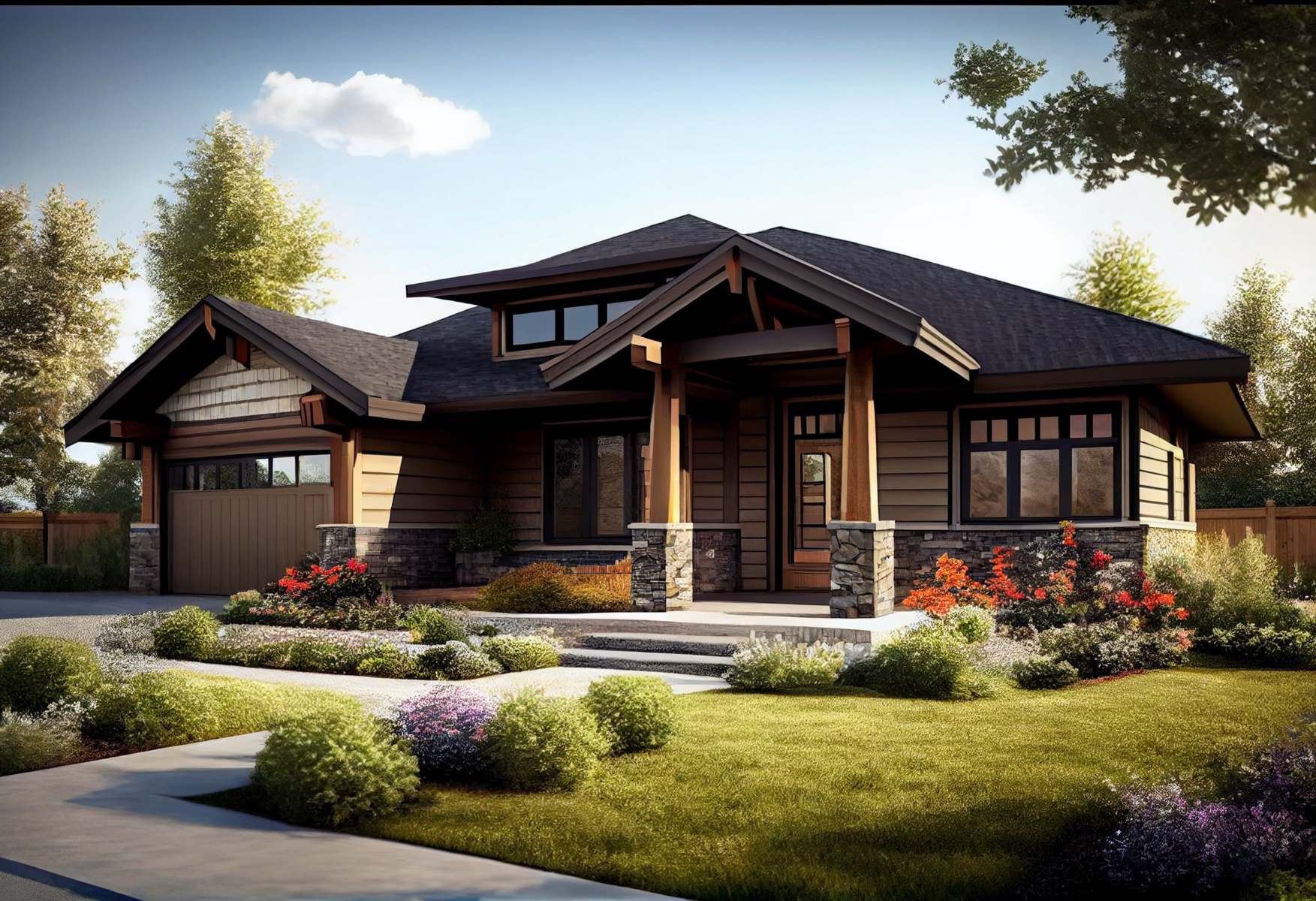
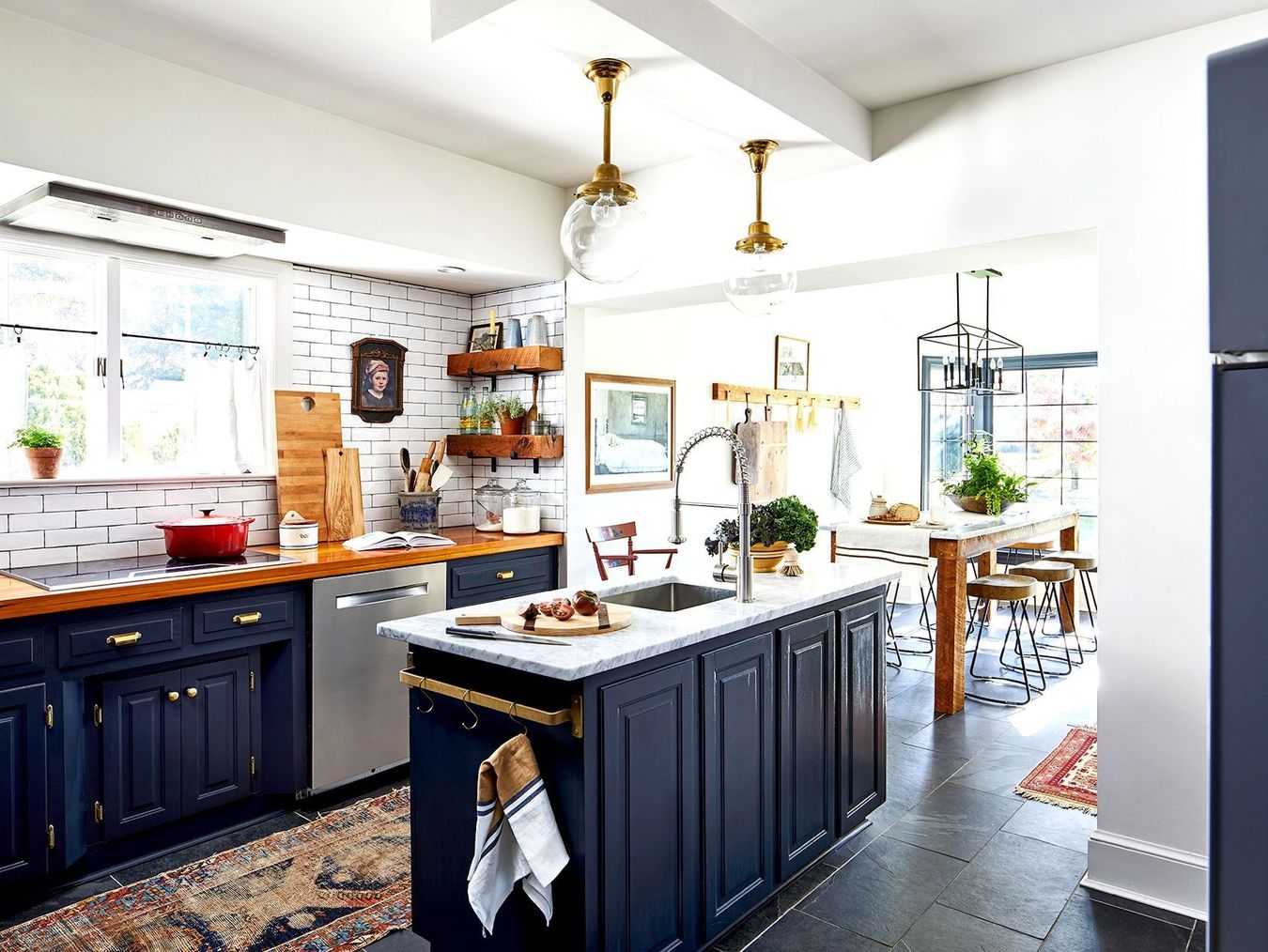

0 thoughts on “An Elegant Cape Dutch-style House In The Heart Of Hampshire”